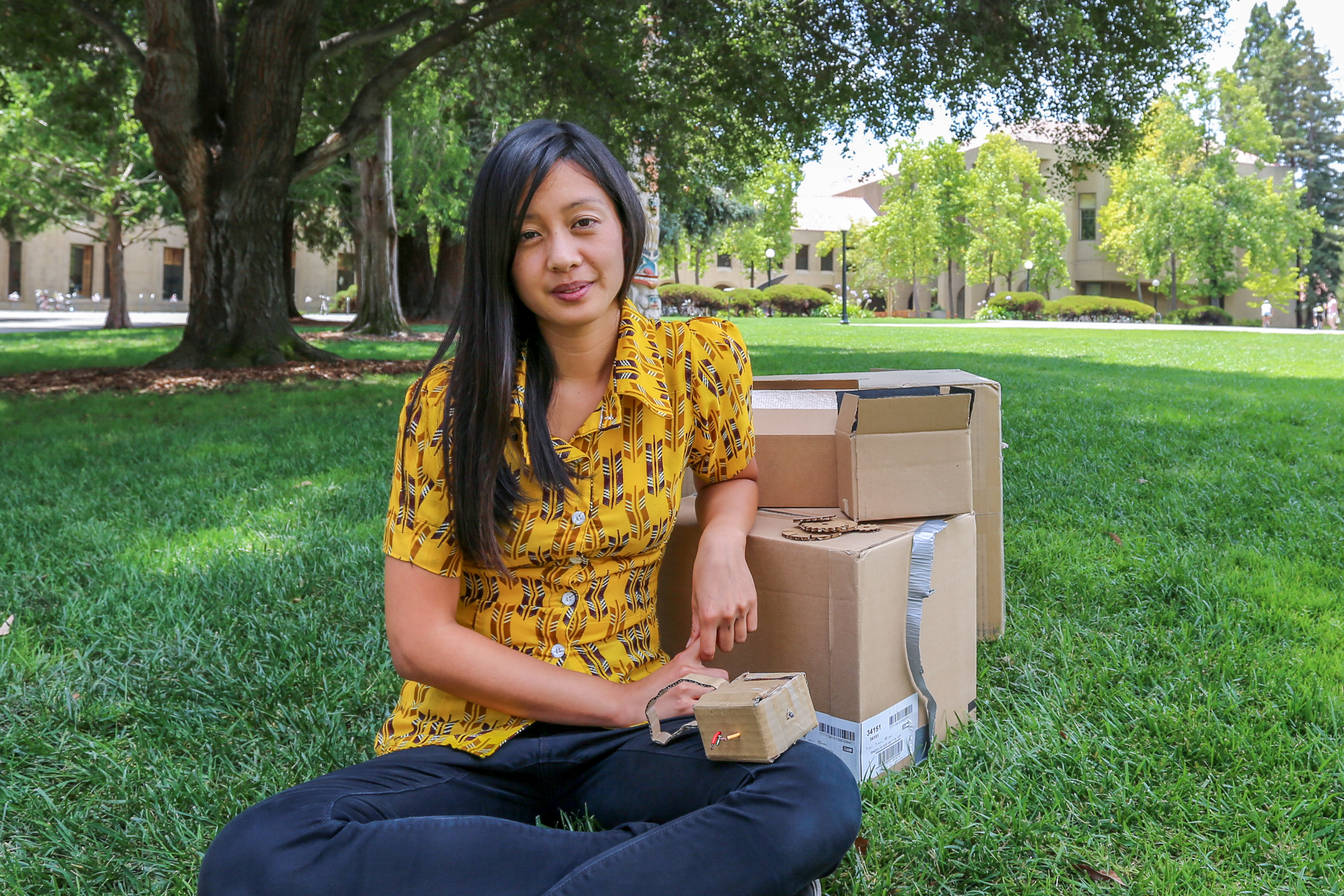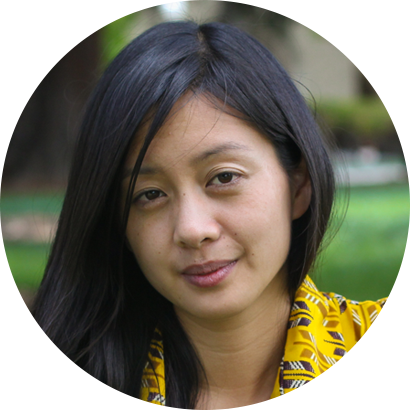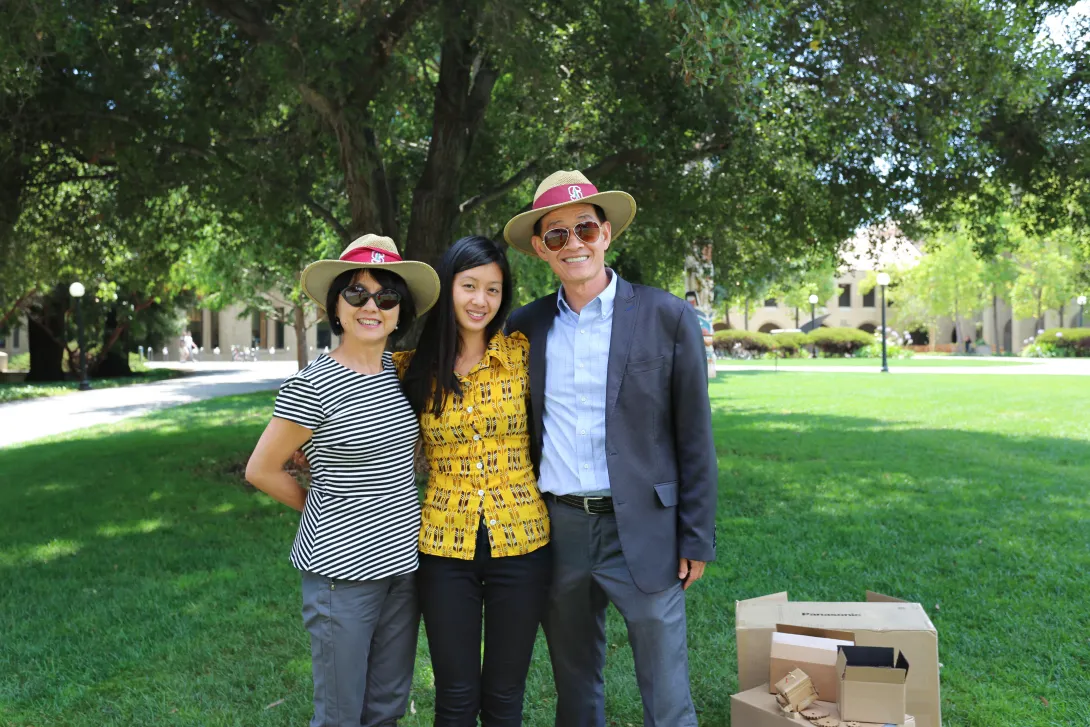
Jessica Huang
What drew you to the field of education?
I actually studied engineering as an undergraduate, and was collaborating with communities in Sub-Saharan Africa, Latin America, and South/Southeast Asia to design technologies with the potential to help improve quality of life in situations of poverty. To meaningfully collaborate with people who may not have had as many opportunities to learn, it was important to invest in education and capacity-building to enable people to feel the creative confidence to approach projects as co-designers. As I found myself trying to help more people learn, I realized that I didn’t have any formal background in education. I was drawn to this academic field where researchers and educators have been trying to figure out more effective ways for people to teach and learn, for centuries! It made sense to spend some time studying this, and build up a foundation for me to continue learning about education throughout life, to help inform my work.
Is there anyone who inspired you to pursue advanced study in the field?
Amy Smith at MIT has been championing education and capacity-building in international development, empowering people around the world to develop solutions to challenges in their communities. Her support enabled me to begin working in this field and pursue related graduate studies.
What were you doing prior to applying to the GSE?
I was at D-Lab at MIT, teaching and working on projects to engage youth and build capacity in communities around the world, when I realized it would be helpful to return to school for more formal training in education.
Why Stanford?
It had the LDT program, and two professors I had learned about and really wanted to work with: Shelley Goldman and Paulo Blikstein.
What’s unusual about the LDT program?
The program sits at the intersection of topics that I really care about, and has the right resources to support study at this intersection (Stanford has excellent schools of education and engineering, as well as the D.School). I was really drawn to the flexibility of the program (freedom to choose the classes most relevant to me), cohort model and applied Master’s project.
Can you share a particular moment from your time at Stanford when you learned a lesson that will stay with you?
Many of the learning moments that stand out to me now happened off campus – in K-12 schools, during a class trip to Nepal, etc. One particular moment was in Uganda, when I was doing fieldwork for my Master’s project. I found myself surprised by how delighted some learners were to use an old cardboard box to make a model of something in their community. After spending time at D.School, I was in the mindset where I thought everyone treated cardboard as a common prototyping material. I made the mistake of assuming that everyone thought like the people I was regularly surrounded by, and this has since spurred me to put myself in different situations just to break out of the bubble a bit.

Was there some time that you spent with a member of the GSE faculty that is memorable?
Professors Dan Schwartz, Paulo Blikstein, and Shelley Goldman were so generous with their time and offered valuable feedback on my Master’s project. I also enjoyed taking classes with all of them (including 3 quarters with Dan that helped change the way I think).
One memorable time was when I had left my backpack in the lab and was running to pick-up a change of clothes for a jog at 10:30 p.m. Paulo was there, and despite the late hour, he took the time to check-in with me and give me his undivided attention; so there we were, having an impromptu meeting about my Master’s project close to the middle of the night. The professors here are seriously dedicated.
What about the other students?
The LDT cohort was amazing! We were all from diverse backgrounds, and some of my favorite learning moments were when we taught each other.
What do you do to relax and have fun outside of school?
I’m an amateur multi-instrumentalist, and love playing several different kinds of musical instruments — piano, ukulele, guitar, bansuri bamboo flute, djembe drum, etc.
What are your career plans?
I have returned to work at D-Lab at MIT, to put what I’ve learned over the past year to use.
What advice do you have for prospective students on the application process?
I recall trying to complete and submit the application while doing fieldwork in rural Ghana. The power cut out quite a few times, and trying to get online through a local mobile phone didn’t always work — both situations were happening on the day of the deadline, and I was lucky to get it in just before our bus left the community to catch a meeting (fittingly) with the Ministry of Education. I wish I had taken my own advice, which would be to start the process and get the application in earlier, in case unexpected things happen.
Any tips for incoming students to help them get the most from their time at Stanford?
Shelley Goldman once told me that this is the place where you can make almost anything you want happen, and that any high-level people you approach on campus will generally be willing to help — “as long as you’re not a slacker”
Interview conducted August 2015

